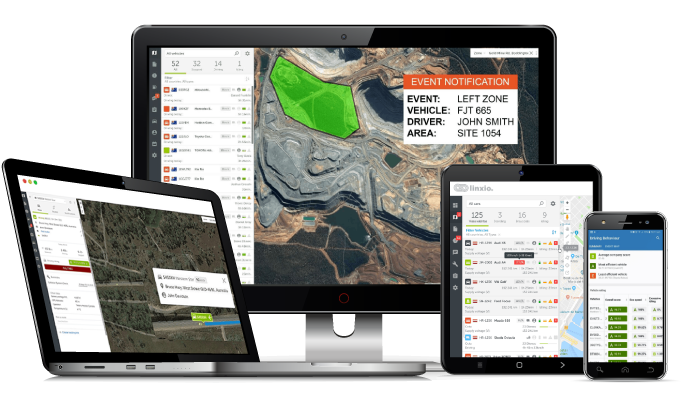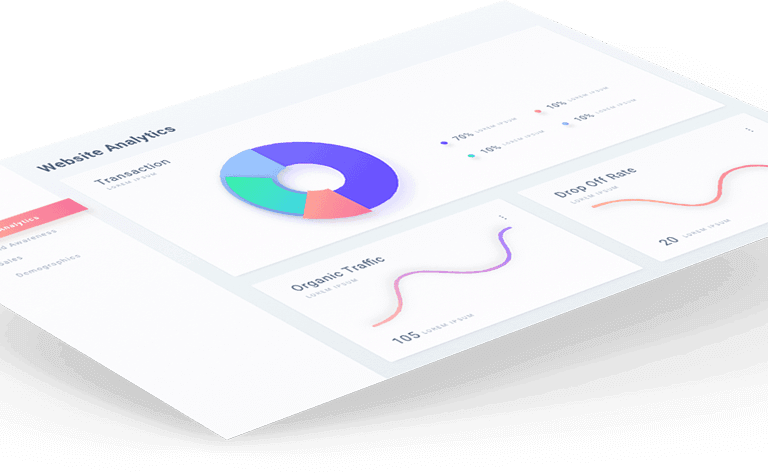With the dawn of a brand new year 2020, fleet management as an industry vertical is about to be introduced to significant changes that will revolutionise how fleet businesses conduct operations and facilitate everyday tasks for fleet vehicle management and betterment.
“The global fleet management industry is projected to grow from $14.7 billion to $33.1 billion by the introduction of 2023.”
The cornerstone for this positive increase in the exponential growth is projected to be the ever so increasing need to improve on the operational efficiency of fleet vehicles, speedy delivery and dispatch, the introduction of newer 4G technology, automation in telematics, enhanced data cloud security and Mobility-as-a-Service (MaaS). Introduction of all these factors is touted to reduce the operational costs for fleet managers, fleet operators and owners alike.
.
Taking an in-depth view of the emerging trends for fleet management trends for the year 2020.
.
Evolution Of The 4G Network
Not so while ago, Telstra announced the shut down of their 3G networks which will meet complete realisation by the year 2024. Following suit, we at Linxio have encouraged our clientele to upgrade to a 4G network for better network expandability. With the expansion of the 4G network, the latest offering in the ever-growing industry of mobile networks, adoption 4G tech early is projected to bring heaps of benefits to early adopters of tech in the fleet management sector.
The 4G network checks all boxes when it comes to being a serious upgrade over the current 3G networks. It’s 100 times faster and is capable of greater bandwidths in terms of connected network accommodations.
With complete integration of 4G networks, push for IoT devices will progress further as collating, replicating and pushing data in streams across vehicles, operators and owners will be easier with reduced times for data transfer. Australia is at the forefront of early adoption of 4G tech and the fleet management industry is bound to benefit from it.
.
Amalgamation Of Telematica Tracking
When it comes to vehicular telematics, the GPS fleet tracking devices housed under Linxio are capable of identifying the location of the driver and the vehicle in real-time, see projected scheduled delivery and dispatch, and fatigue management alerts among others.
However, with the progression of 2020, fleet management software will take a deep dive into the immersive world of big data analytics and machine learning/artificial intelligence. Introduction of AI and machine learning into the fleet management industry will prove more accurate and in-depth data for interpretation and stratification. Integration of smart voice into the pre-existing fleet management software will further strengthen the system to facilitate better driver safety and efficiency.

Mobility-as-a-Service (MaaS)
Progressive developments in trackable telematics can and will revolutionize the way fleet management industry operates and facilitates delivery and dispatch of assets.
Based on data churned from research bodies, as MaaS grows in popularity, fleet operators and owners will be able to customize their services and offerings on the go. Fleet owners and managers may be bound to experiment concepts of vehicle sharing, using company-owned fleet vehicles or leasing or renting vehicles based on market scenarios.
Stepping aside from traditional concepts of fleet management, vehicle sharing can eliminate or reduce the occurrence of idling vehicles, boost financial growth due to more job dispatch creation and help reduce the active carbon footprint per vehicle.
Other metrics of MaaS can also be put to good use for better operational efficiency through vehicle route journey data, annual functioning costs, delivery and dispatch timings and idle vehicle rates and corresponding factors.
.
Vehicle Automation
Automation in the vehicular industry isn’t a distant dream anymore as more and more automobile giants are adopting this ideology and the technology of vehicle automation is no longer limited to the R&D drawing boards. With significant leaps in the tech, more and more fleet vehicles will start getting connected to each other on the virtual cloud through data sharing and constant communication. Through automation, any data on-board the vehicle can be sorted and replicated for interpretation. In the future, a connected fleet will be able to detect, identify and self-diagnose any problems that inhibit the operational efficiency of a fleet vehicle from reaching its full potential.
The levels of vehicle automation will include
- Driver Assistance
- Partial Automation
- Conditional Automation
- High Automation
- Complete Automation
Data Security
With the absorption of computational tech into the vehicles, fleet vehicles end up holding huge amounts of sensitive data that might and can be subjected to digital abuse if not covered against hacks. Enhanced data security will play a pivotal role in preventing security breaches and enhancing better data sharing and management among fleet managers, operators and business fleet owners. Since collecting and analysing data is becoming an increasingly popular practice in the fleet management industry, making sure that the data generated is secure will be the industry norm going forward.
Better data security will help boost the confidence of fleet vehicle operators to take better decisions to boost the operational efficiency of the fleet business.
.
With Linxio, maintaining your fleet vehicles is easier through our future-ready telematics solutions that offer real-time vehicle GPS tracking, geofencing alerts and notifications, digitised logbooks and better driver communication.
.




